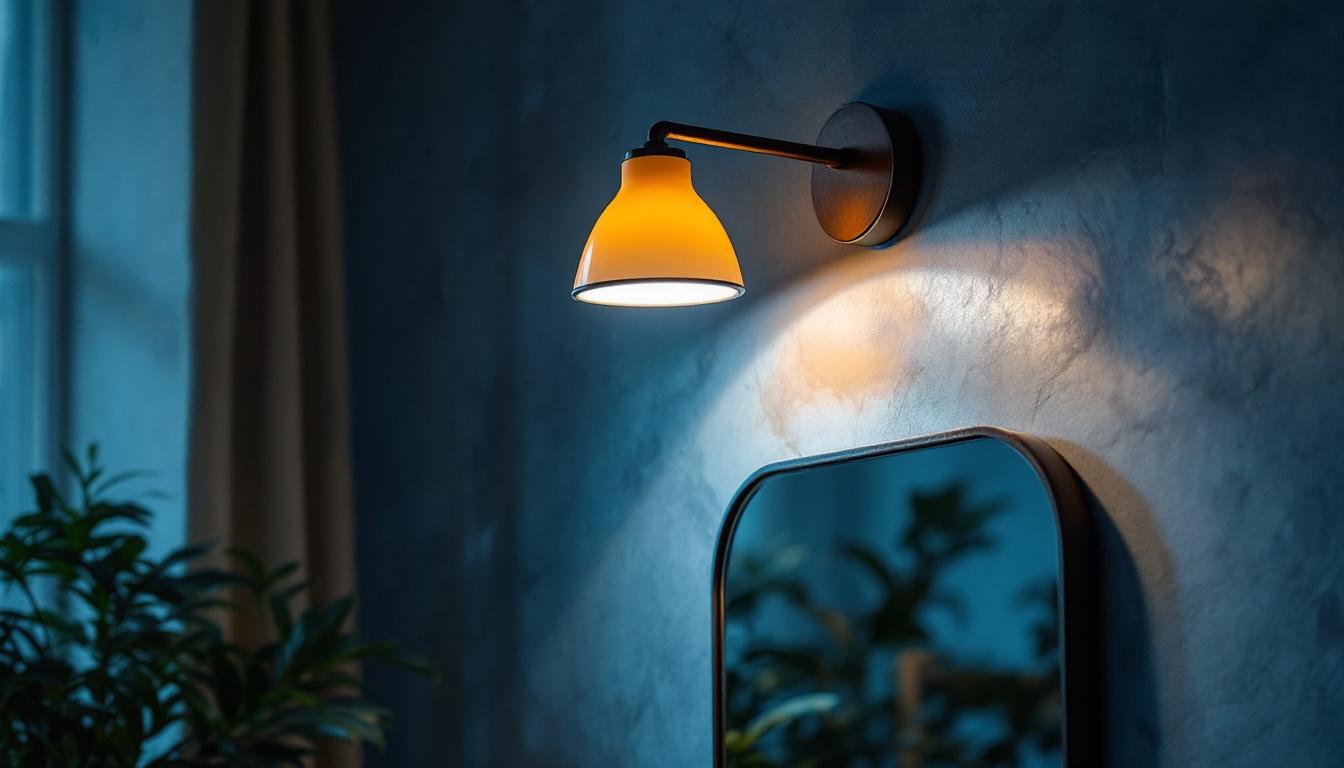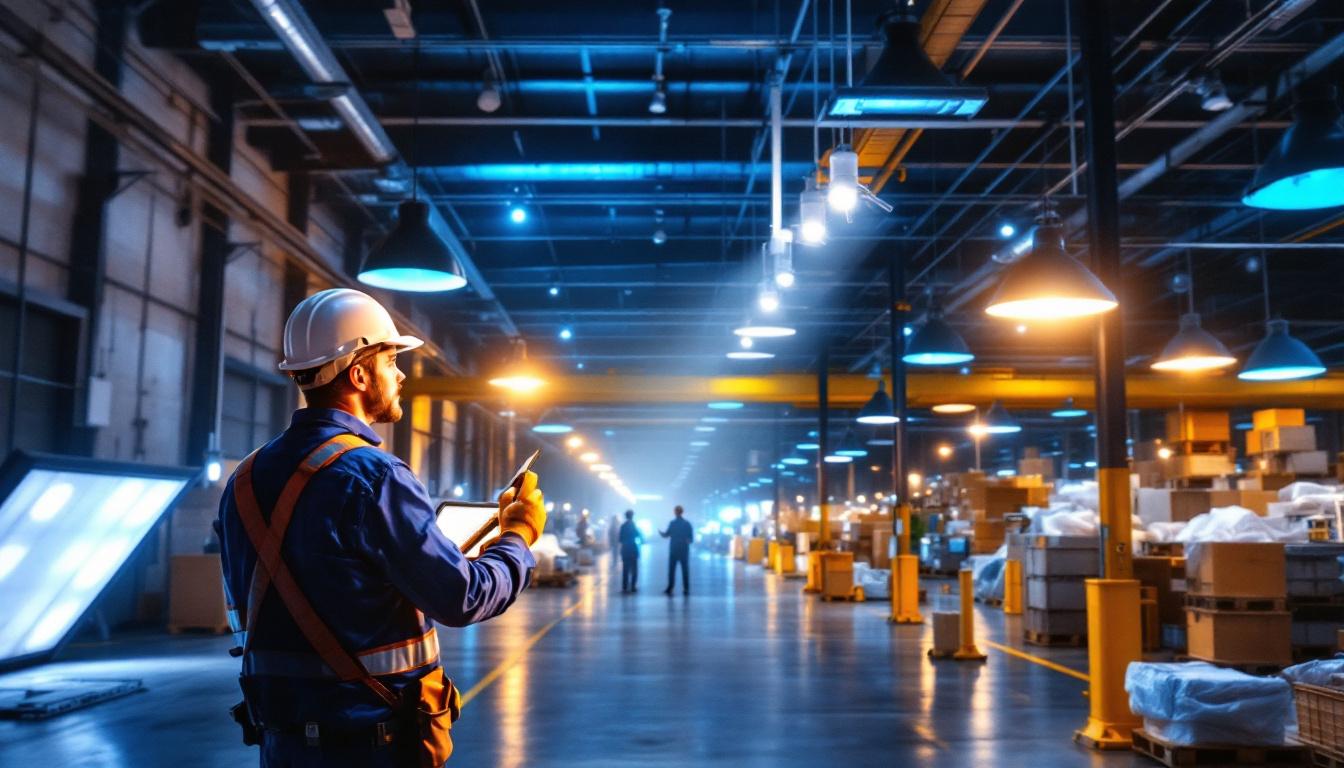
Lighting is a critical aspect of modern infrastructure, and for lighting contractors, understanding the components that contribute to effective illumination is essential. One such component is ballast, which plays a vital role in the operation of various lighting systems. This article explores the significance of ballast for lighting contractors, examining its functions, types, and impact on overall lighting performance.
Ballast is an electrical device that regulates the current to a fluorescent or HID (High-Intensity Discharge) lamp. It serves several essential functions in a lighting system, including providing the necessary starting voltage, controlling the current during operation, and ensuring the longevity of the lamp. Without ballast, lighting systems would struggle to function efficiently, leading to flickering lights, reduced lamp life, and increased energy consumption.
In essence, ballast acts as a stabilizer for the electrical current flowing through the lamp. When a lamp is first turned on, it requires a high voltage to ignite the gas within. The ballast provides this initial surge of voltage. Once the lamp is lit, the ballast then regulates the current to prevent it from drawing too much power, which can lead to overheating and premature failure.
This regulation is particularly crucial in fluorescent and HID lighting systems, where the electrical characteristics can change as the lamp ages or as ambient temperatures fluctuate. A well-functioning ballast ensures that the lamp operates within its optimal parameters, thereby enhancing performance and extending its lifespan.
There are primarily two types of ballasts: magnetic and electronic. Each type has its own advantages and applications, making it essential for lighting contractors to understand the differences.
For lighting contractors, understanding ballast is not just about knowing how it works; it’s about recognizing its impact on project outcomes. The choice of ballast can significantly influence energy efficiency, maintenance costs, and customer satisfaction.
In an era where energy efficiency is paramount, the type of ballast chosen for a project can make a substantial difference in energy consumption. Electronic ballasts, for example, are known to reduce energy usage by up to 30% compared to magnetic ballasts. This reduction not only lowers utility bills for clients but also contributes to sustainability goals.
Moreover, energy-efficient lighting systems can qualify for rebates and incentives offered by utility companies, providing additional financial benefits for both contractors and their clients. By promoting energy-efficient solutions, lighting contractors can enhance their reputation and attract more environmentally conscious customers.
The quality of light produced by a lighting system is heavily influenced by the ballast used. Electronic ballasts, for instance, provide a more stable and consistent light output, which is crucial in settings where color rendering and brightness are essential, such as retail spaces or art galleries.
In contrast, magnetic ballasts may lead to flickering and color distortion, which can detract from the overall aesthetic of a space. By selecting the appropriate ballast, contractors can ensure that their lighting solutions not only meet functional requirements but also enhance the visual appeal of the environment.
Another critical aspect of ballast choice is its effect on maintenance and lamp longevity. Electronic ballasts typically extend the life of lamps by providing a more stable operating environment. This means fewer replacements and less downtime for clients, which is particularly important in commercial settings where lighting failures can disrupt operations.
For contractors, this translates to lower maintenance costs and increased customer satisfaction. By recommending high-quality electronic ballasts, contractors can position themselves as knowledgeable professionals who prioritize long-term solutions over short-term fixes.
When it comes to selecting the right ballast for a lighting project, several factors must be considered. Understanding the specific requirements of the space, the type of lamps being used, and the client’s preferences are all crucial in making an informed decision.
Each lighting project comes with its own set of requirements. For example, a warehouse may require high-output lighting with robust durability, while a boutique store may prioritize aesthetics and color rendering. Assessing these needs will guide contractors in selecting the most suitable ballast.
Additionally, considering the existing electrical infrastructure is essential. Some older buildings may not be compatible with electronic ballasts, necessitating the use of magnetic options instead. Understanding these nuances can help contractors avoid potential issues during installation.
Client preferences play a significant role in ballast selection. Some clients may prioritize upfront costs, while others may be more concerned with long-term energy savings and maintenance. Engaging in open discussions with clients about their priorities can help contractors recommend the best ballast options that align with their goals.
Furthermore, providing clients with a clear breakdown of the costs associated with different ballast types, including installation and potential energy savings, can facilitate informed decision-making. This transparency builds trust and positions contractors as reliable advisors.
The lighting industry is continually evolving, with new technologies and products entering the market regularly. Staying updated on the latest advancements in ballast technology is crucial for lighting contractors who want to provide the best solutions to their clients.
Attending industry conferences, participating in training sessions, and engaging with manufacturers can help contractors remain informed about emerging trends and innovations. This knowledge not only enhances their expertise but also allows them to offer cutting-edge solutions that meet the changing demands of the market.
While understanding ballast is essential for lighting contractors, challenges can arise during the selection and installation process. Identifying these challenges and having solutions at hand can streamline projects and enhance client satisfaction.
One common challenge is compatibility between the ballast and the lamps being used. Not all ballasts work with every type of lamp, and using the wrong combination can lead to performance issues. To mitigate this, contractors should always refer to manufacturer specifications and guidelines when selecting ballasts.
Additionally, maintaining a good relationship with suppliers can provide contractors with valuable insights into compatibility issues and help them make informed choices. Regular communication with manufacturers can also ensure access to the latest product information and support.
Installation can also pose challenges, particularly in older buildings where existing wiring may not support modern ballast technology. In such cases, contractors may need to assess the electrical infrastructure and make necessary upgrades before proceeding with installation.
Having a thorough understanding of electrical systems and collaborating with licensed electricians can help contractors navigate these challenges effectively. Proper planning and assessment can lead to smoother installations and minimize disruptions for clients.
Clients may have concerns about the upfront costs associated with higher-quality ballasts. Contractors can address these concerns by providing detailed cost-benefit analyses that highlight the long-term savings associated with energy-efficient options.
Additionally, showcasing case studies or testimonials from previous projects can help demonstrate the value of investing in quality ballasts. Building a strong case for the benefits of advanced lighting solutions can alleviate client apprehensions and foster confidence in the contractor’s recommendations.
As technology continues to advance, the future of ballast systems is likely to evolve as well. Innovations in smart lighting and automation are already beginning to influence ballast design and functionality.
Smart ballast systems are designed to integrate with building management systems, allowing for enhanced control over lighting environments. These systems can adjust light levels based on occupancy, time of day, or natural light availability, leading to increased energy savings and improved user experience.
For lighting contractors, understanding how to implement and maintain smart ballast systems will become increasingly important. As clients seek more sophisticated solutions, contractors who are well-versed in smart technology will have a competitive edge in the market.
With growing awareness of environmental issues, the demand for sustainable lighting solutions is on the rise. Ballast manufacturers are responding by developing eco-friendly products that minimize waste and reduce environmental impact.
Lighting contractors can play a pivotal role in this shift by advocating for sustainable practices and educating clients about the benefits of eco-friendly ballast options. By prioritizing sustainability, contractors can not only meet client expectations but also contribute to broader environmental goals.
Ballast is a fundamental component of lighting systems that significantly impacts energy efficiency, lighting quality, and maintenance. For lighting contractors, understanding the various types of ballasts, their functions, and their implications for project outcomes is essential for delivering effective lighting solutions.
By staying informed about industry trends, addressing common challenges, and advocating for energy-efficient options, contractors can enhance their expertise and provide exceptional service to clients. As the lighting industry continues to evolve, embracing advancements in ballast technology will be key to staying competitive and meeting the needs of a dynamic market.
Ultimately, the importance of ballast in lighting systems cannot be overstated. It is a critical factor that lighting contractors must consider to ensure successful project outcomes and satisfied clients.
Ready to elevate your lighting projects with the best ballasts in the industry? Look no further than LumenWholesale, where we provide lighting contractors with top-quality, spec-grade lighting products at unbeatable wholesale prices. Our selection of ballasts meets the highest industry standards, ensuring energy efficiency, superior lighting quality, and longevity for your installations. Take advantage of our hassle-free bulk buying and free shipping to get your premium lighting solutions at the best value. Don’t compromise on quality or price. Wholesale Lighting at the Best Value is just a click away.

Discover the essential insights into industrial vanity lights with answers to lighting contractors’ most common questions.

Discover the intricacies of automatic outdoor lighting systems with insights tailored for lighting contractors.

Discover the essential insights into commercial LED spotlights that every lighting contractor needs to know.

Discover the pros and cons of industrial warehouse lighting fixtures for lighting contractors.